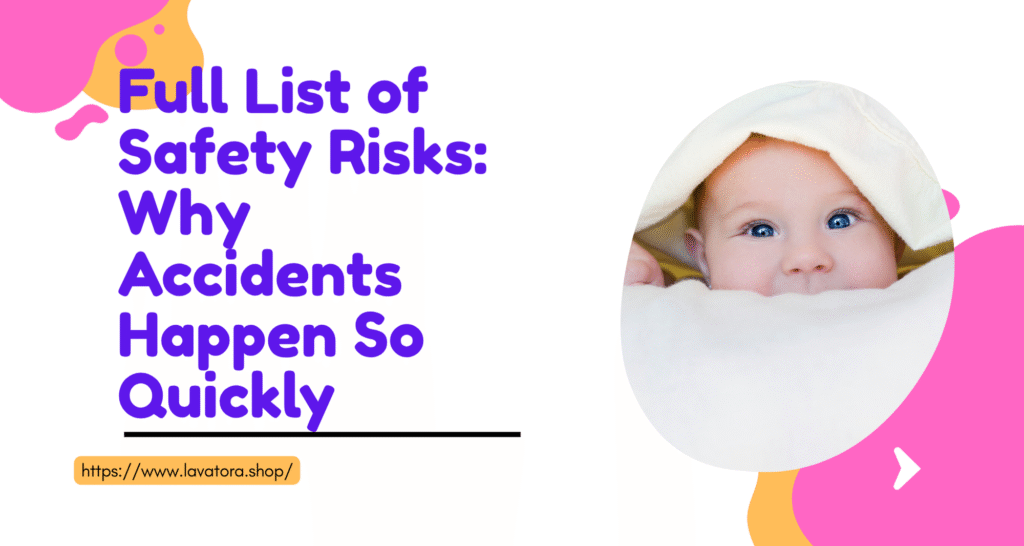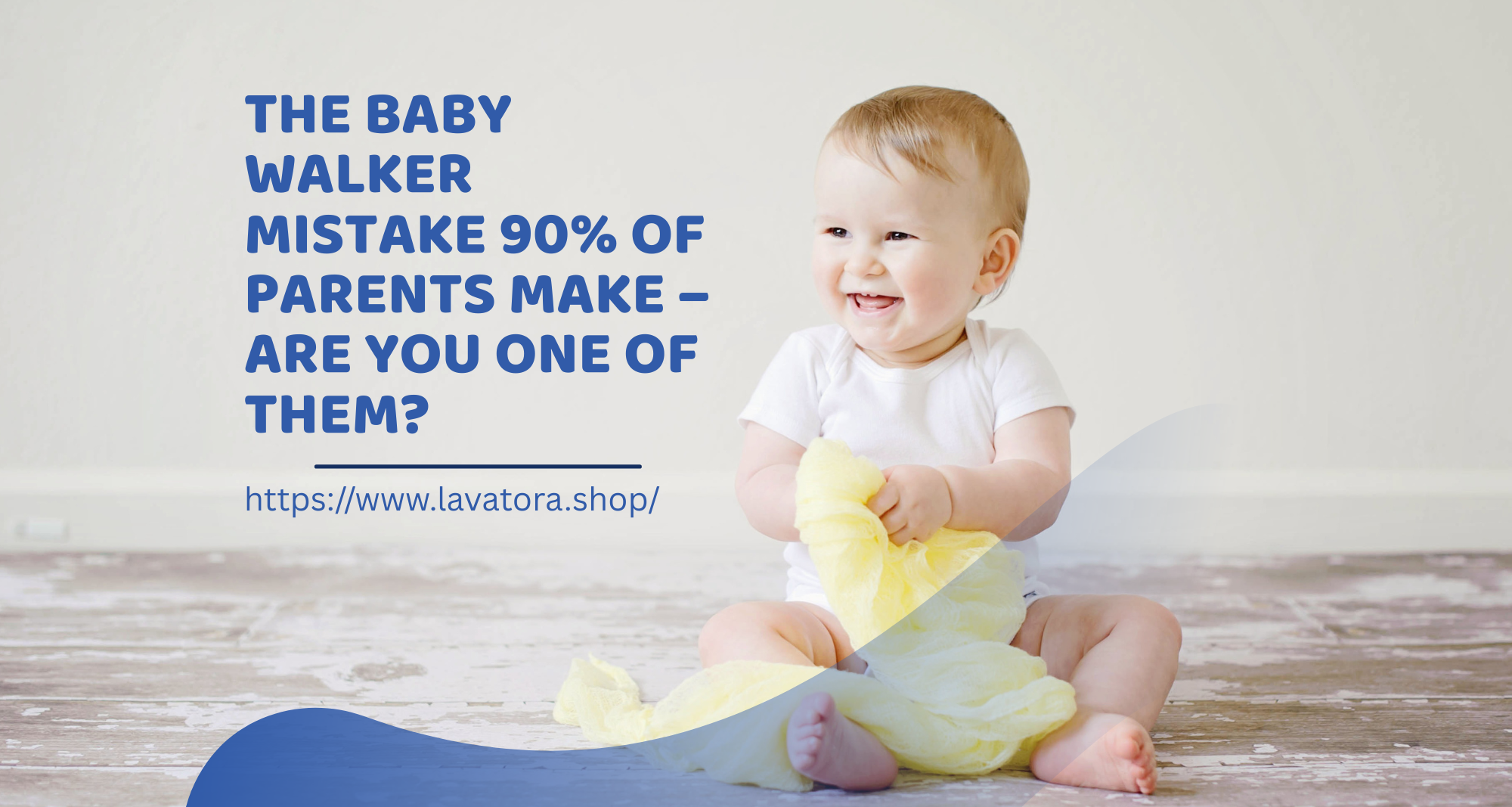Discover why the best baby walker is NO baby walker at all. Learn the shocking truth about baby walker dangers from pediatricians and explore 6 safer alternatives that actually help development.
The Hidden Truth About Baby Walkers
The Common Misconception
Every year, thousands of well-meaning parents buy what they think is the best baby walker for their child, thinking it will help them learn to walk faster. But here’s the uncomfortable truth: all experts agree that baby walkers with wheels are not safe. You’re not the only one thinking about or already having a baby walker. But you need to know what doctors and physiotherapists are telling parents to be very careful about.

The Unified Expert Stance: Walkers Are Never Safe
Let’s get right to the facts that might surprise you: baby walkers are not recommended by physiotherapists or any other health care professionals. That’s all.
The American Academy of Pediatrics (AAP) hasn’t just given a casual warning; they’ve asked for a total ban on making and selling baby walkers with wheels. It’s very clear what they think: baby walkers are never safe to use, even if an adult is watching closely.
This isn’t going too far. In 2004, Canada took strong action by completely banning baby walkers. This meant that they could not be made, brought into the country, advertised, or sold. Every parent should think twice when a whole country bans a baby product.
Full List of Safety Risks: Why Accidents Happen So Quickly

The numbers about baby walker injuries are really scary. In the US alone, more than 230,000 kids under 15 months old had to go to the emergency room because of baby walker injuries between 1990 and 2014. Even worse, in 2019, about 3,000 kids went to the emergency room for walker-related injuries. This number doesn’t even include incidents that weren’t reported.
The Risks of Speed and Movement
Here’s what makes baby walkers so dangerous: a child in one can move as fast as 3 feet per second, and some can even go as fast as 7 mph. That’s faster than most parents can think. The cruel twist? Most injuries happen while adults are watching because caregivers can’t get to the scene fast enough to stop them.
Main Reasons for Injuries: The “Big Three” Dangers
Falling Down Stairs
Falling Down Stairs is the most common way for babies to get hurt, making up more than 74% of all reported baby walker accidents in major studies. The walker doesn’t just let the baby fall; it speeds it up and stops the baby from instinctively catching themselves. More than 90% of these injuries happen to the head and neck, which are the most fragile parts of a baby’s body.
Burns and Scalds
Burns and scalds happen when walkers put babies in dangerous places they wouldn’t normally be able to reach. Suddenly, coffee cups on tables, pot handles on stoves, and space heaters become easy to hit. Babies in walkers have gotten hot liquids on themselves and rolled into fireplaces, which has caused very bad burns.
Drowning Risk
Drowning Risk is the third major concern. Babies can roll rapidly into pools, bathtubs, or other water sources while using a walker, with tragic consequences.
Additional hazards include tipping over, colliding with walls and furniture, and reaching objects like televisions or heavy decorations that can topple onto them.
Developmental Drawbacks: Why Walkers May Delay Walking

Perhaps the biggest misconception about baby walkers is that they help babies learn to walk. The research tells a completely different story.
Studies consistently show that baby walkers do not teach children to walk and may actually delay the achievement of standing and walking independently. For every 24 hours spent in a walker, infants learned to walk three days later and to stand four days later. Overall, baby walker use may delay independent walking by two to three weeks.
Impaired Trunk Control and Balance
The fundamental problem is developmental. Walkers provide artificial support, meaning infants don’t develop essential trunk control—the core and back muscles critical for independent mobility. Research demonstrates that infants who use baby walkers have significantly lower motor development scores and trunk balance scores compared to babies who never used them.
Encouraging Poor Gait Patterns
Baby walkers can cause children to walk on their toes, developing poor habits that persist when walking independently. Prolonged toe walking can require physical therapy or even medical casting to correct. Additionally, babies in walkers learn to walk by tipping their hips and belly forward—an unnatural movement pattern that doesn’t transfer to real walking.
Babies in walkers also miss crucial learning experiences. They don’t learn to safely fall or catch themselves because the seat catches them when they lose balance. These protective reflexes are essential for safe independent mobility.
Top 5 Adjustable and Multi-Functional Baby Walkers: 5-in-1, 6-in-1, Baby Einstein, VTech Sit-to-Stand, and Foldable Push Walkers for Infants
5-in-1 Baby Walker with Music & Tray – Adjustable Infant Activity Walker
6-in-1 Music Baby Walker with Wheels – Ergonomic Design for 6–18 Months
Baby Einstein 4-in-1 Baby Walker – Discovery & Activity Center
Adjustable 5-in-1 Baby Walker – Foldable Push Walker for Boys & Girls
VTech Sit-to-Stand Baby Walker – Learning & Activity Toy, Blue
The Safest Alternatives to Wheeled Baby Walkers
The best baby walker alternative is actually no device at all—just supervised floor time. But recognizing that parents want options, here are evidence-based alternatives recommended by pediatric experts:
Highly Recommended Stationary and Push Alternatives
Floor Time
Floor Time remains the gold standard. It costs nothing and provides everything your baby needs: opportunities for tummy time, rolling, sitting, crawling, pulling to stand, and natural exploration. This is how babies develop proper muscle strength, coordination, and balance.
Baby Activity Centers (ExerSaucers)
Baby Activity Centers (ExerSaucers) are stationary devices without wheels that allow babies to stand, rotate, and sometimes bounce. They look similar to baby walkers but eliminate the mobility that creates danger. The AAP specifically recommends these as a safer alternative when parents want an engaging device.
Push Walkers (Push Toys)
Push Walkers (Push Toys) are standing tools like push cars or wagons that babies walk behind and push themselves. These encourage coordination, pull-to-stand transitions, and stepping in a more natural way. Choose sturdy models and maintain supervision, as they can move quickly or cause forward leaning.
Baby Jumpers
Baby Jumpers are stationary devices suspended by elastic straps where babies sit to exercise and play. They can be freestanding or doorway-mounted. While stationary and safer than wheeled walkers, some pediatric physiotherapists caution about potential hip issues with prolonged use. Limit sessions to 15-20 minutes.
Play Mats and Baby Play Gyms
Play Mats and Baby Play Gyms provide flat, padded surfaces for safe playtime with various toys promoting cognitive growth, visual perception, and motor development. These are among the safest alternatives without any wheels or constraints.
Other Options (Use with Caution)
Ride-on Toys like tricycles and toy cars can enhance gross motor skills, balance, and coordination while boosting confidence when used appropriately for age.
Walking Rings are generally not recommended by most pediatricians, as they can encourage toe walking and disrupt natural growth patterns.
Practical Guidance for Parents and Safety Checklist
Making the switch away from baby walkers—or deciding against purchasing one—is just the beginning. Here’s your action plan:
- Prioritize Floor Time: Create a safe, flat surface where your baby can explore freely. This is where real development happens.
- Baby-Proof Extensively: Since you’re encouraging natural mobility, ensure your home is thoroughly baby-proofed. Install safety gates, secure furniture to walls, and use playpens to create safe exploration zones.
- Check Safety Compliance: Before purchasing any alternative, read reviews and check the Consumer Product Safety Commission (CPSC) website for recalls.
- Use “Containers” in Moderation: Even safe alternatives like activity centers or jumpers should be limited to 15-20 minutes at a time to prevent hip issues and ensure adequate floor time.
- Seek Expert Advice: Discuss your child’s developmental milestones and appropriate toys with your pediatrician or a pediatric physiotherapist.
- Managing External Pressure: Be prepared to explain safety risks to family members who used baby walkers years ago. The “we used them and our kids turned out fine” argument doesn’t account for the thousands who weren’t fine, or the developmental delays research has since revealed.
Final Takeaway
The hardest part of parenting is discovering that something you thought was helpful is actually harmful. If you’ve already purchased a baby walker, you’re not a bad parent—you’re a parent who now has better information.
The alternatives we’ve discussed promote genuine physical growth and sensory awareness. Since every baby develops differently, supervision and trial-and-error methods are crucial to finding what works best for your child. The one certainty is that the best baby walker for your child’s safety and development is the one you never buy.
Your baby will walk when they’re developmentally ready—and they’ll do it faster, safer, and with better coordination without a wheeled walker holding them back.

